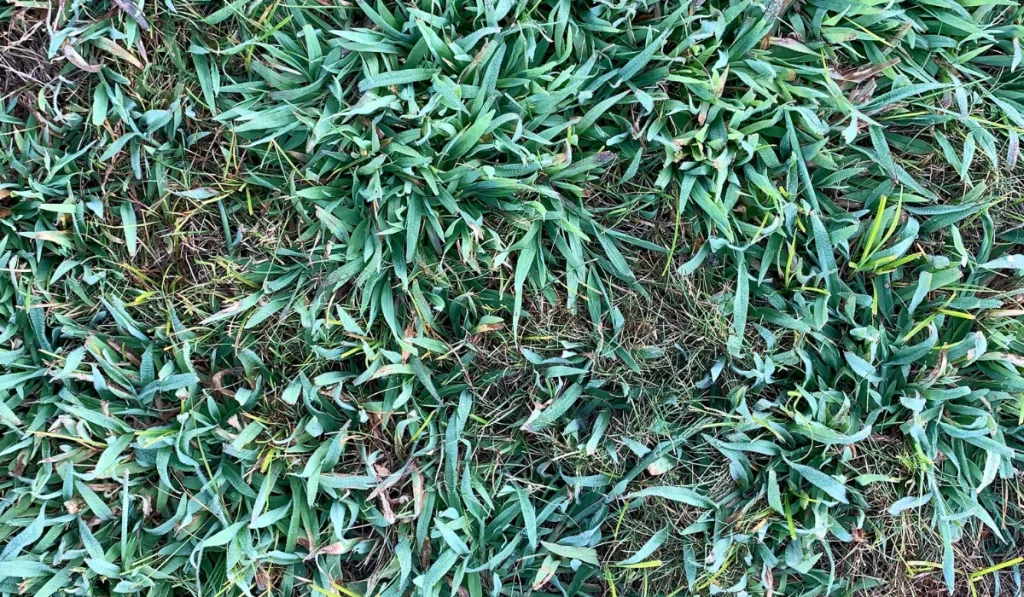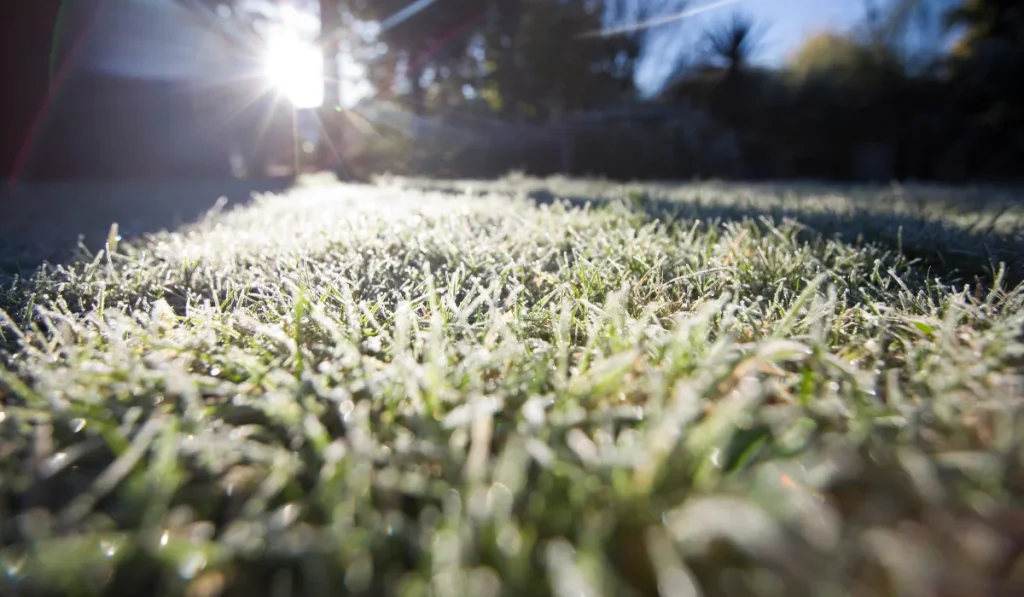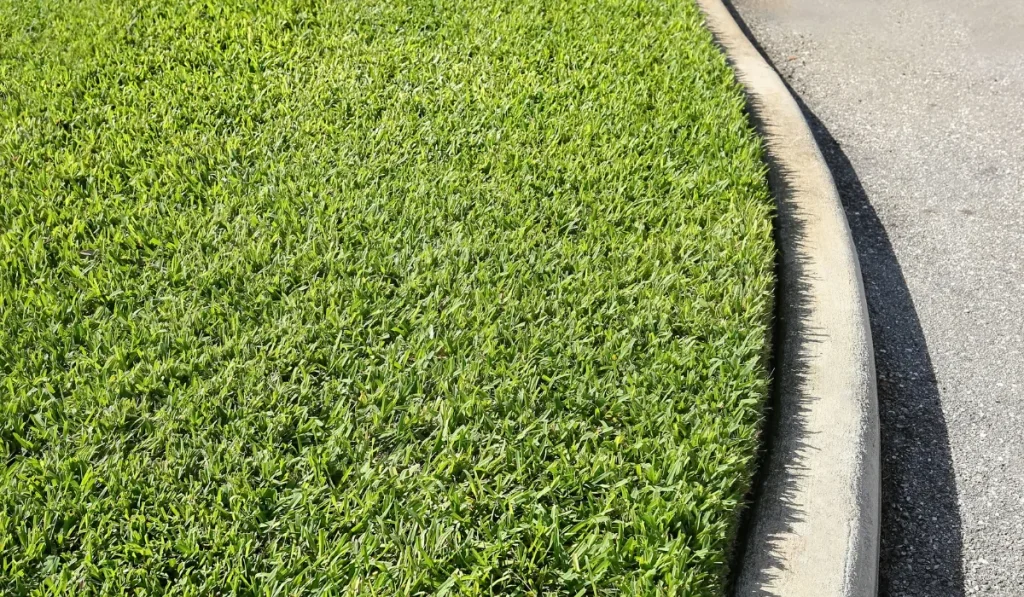Looking to transform your property in Palm Springs with a new landscaping project? Understanding the local regulations is crucial. Whether a compact residential lawn makeover or an extensive commercial landscape redesign, this guide will demystify Palm Springs and Coachella Valley’s intricate landscaping rules.
Let’s make your landscape aspirations come true while adhering to local ordinances.
Key Takeaways
- Prioritize water-efficient landscaping to maintain the local ecosystem and comply with regulations.
- Understand and comply with turf regulations, including slope usage, dimension limitations, and property line.
- Seek professional guidance to navigate the differences in requirements between commercial and residential properties.
Requirements
Property owners must consider critical municipal codes to avoid violations and penalties when initiating a landscape plan and adding upgrades. Consider the following.
Landscape Water Management
Water use and management are at the heart of many landscaping legalities. Striking a balance between beautiful front yards and responsible water usage is essential to maintain the local ecosystem:
- Non-essential areas of facilities should be landscaped with plants requiring less water than turf, ensuring water conservation.
- Prohibited use of high-water use plants (plant factor of 0.7 to 1.0) in parking islands, medians, and landscape areas with dimensions of ten square feet or less in width.
Landscape
Regarding landscaping in Palm Springs, property owners should approach their projects thoughtfully while keeping essential requirements in mind. Here are key considerations:
- Submittal of a proper landscape design plan that aligns with the guidelines in the landscape application is crucial.
- Restrict turf to 15 percent of the total landscaped area for single-family residences. This limitation applies specifically to the front and side street frontage yards.
Prohibitions
To stay on the right side of the law, homeowners should be aware of prohibited water discharging and design features. You can ensure a smooth and compliant landscaping experience by steering clear of these restrictions.
Landscape Water Management
Ensuring minimal water runoff is crucial in open-space landscape design. By following these fundamental principles, you prioritize environmental safety:
- No water discharge from landscape irrigation, lawn watering, and individual residential or noncommercial car washing.
- Do not discharge any waste, yard, hazardous, or infectious waste into the storm drain system or onto public or private property in the city. Properly contain and dispose of these materials in designated containers or authorized waste facilities.
Landscape
Optimize turf design and irrigation for efficient landscapes that prioritize sustainability. Consider the following guidelines:
- Avoid using turf on slopes steeper than 25 percent next to impermeable surfaces.
- Use low-volume irrigation or surface flow/wick systems for turf in landscape areas with dimensions of ten feet or less in width.
- In commercial, industrial, or multi-family landscapes, do not install turf in medians, parking lot islands, or parkways unless deemed necessary by the planning director for pedestrian safety.
Exceptions
While the rules above provide essential guidance, it’s important to note that exceptions do exist. Let’s explore a few scenarios where you may ignore certain requirements.
- Water management exemptions include registered local, state, or federal historic sites and ecological restoration projects that don’t necessitate a permanent irrigation system.
- Landscape projects using less water than the maximum allowance in the past twelve months are exempt from a water audit.
Fire Code
Prioritizing safety in fire-prone areas, Palm Springs’ landscaping requirements adhere to California’s fire code standards. Fire protection is paramount, given the hot and arid climates and limited water resources:
- Overgrown, dead, diseased, or decayed trees, weeds, or vegetation that constitute a fire hazard must be removed from the property.
- Maintenance of grounds within the city must comply with fire prevention and suppression standards, ensuring that trees, shrubs, native plants, vegetation, mulch, or debris do not hinder fire prevention or suppression efforts.
Waste Reduction
Minimizing waste and promoting recycling and composting are key for sustainable landscaping. Here are some guidelines to help you implement effective waste-reduction practices in your landscaping projects:
- Multiple-family homeowners must provide appropriate Solid Waste, Recycling, and Organic Waste Containers. These containers should be marked to indicate the unit they belong to.
- Keeping waste in unauthorized containers or retaining offensive waste on premises is prohibited and constitutes a public nuisance. It must be promptly addressed and decreased under the law.
Palm Springs landscaping requirements consist of numerous rules and restrictions, each serving a crucial purpose. It is important to review all codes thoroughly for a complete understanding. To ensure a smooth compliance process, seek guidance from a lawn care professional who can expertly navigate the intricacies and ensure seamless adherence.



